Discover How France’s Mont-Saint-Michel, an Island Treasure, Has Endured 1,000 Years of Conflict, Climate, and Visitors
The Mont-Saint-Michel is a tidal island that sits in the Couesnon River, 40 miles from Rennes, France. Today, the Mont-Saint-Michel is the third most visited site in the country.
After over a thousand years of existence, how this island survived this far, defying the odds of war, weather, and hundreds of millions of tourists remains a puzzle to many. Fortunately, we have the answers right here.
Three Visions Lead to Development of the Treasure
It was the year 708 when the Bishop of Avranches set out on a quest to build an oratory in honor of a celestial being, the archangel Michael. The bishop claimed to have seen him in three separate night visions.

Source: Wikimedia Commons
It was after the third dream that he decided to obey the divine instructions. The bishop was likely unaware of the future significance and value of this building on the Mont Tombe, the initial name of the site.
Early Use as a Religious and Academic Hub
Shortly after construction, the building, known as the Abbey of Mont-Saint-Michel, grew in popularity and use. It has remained a sacred place of worship and prayer over a millennium later.
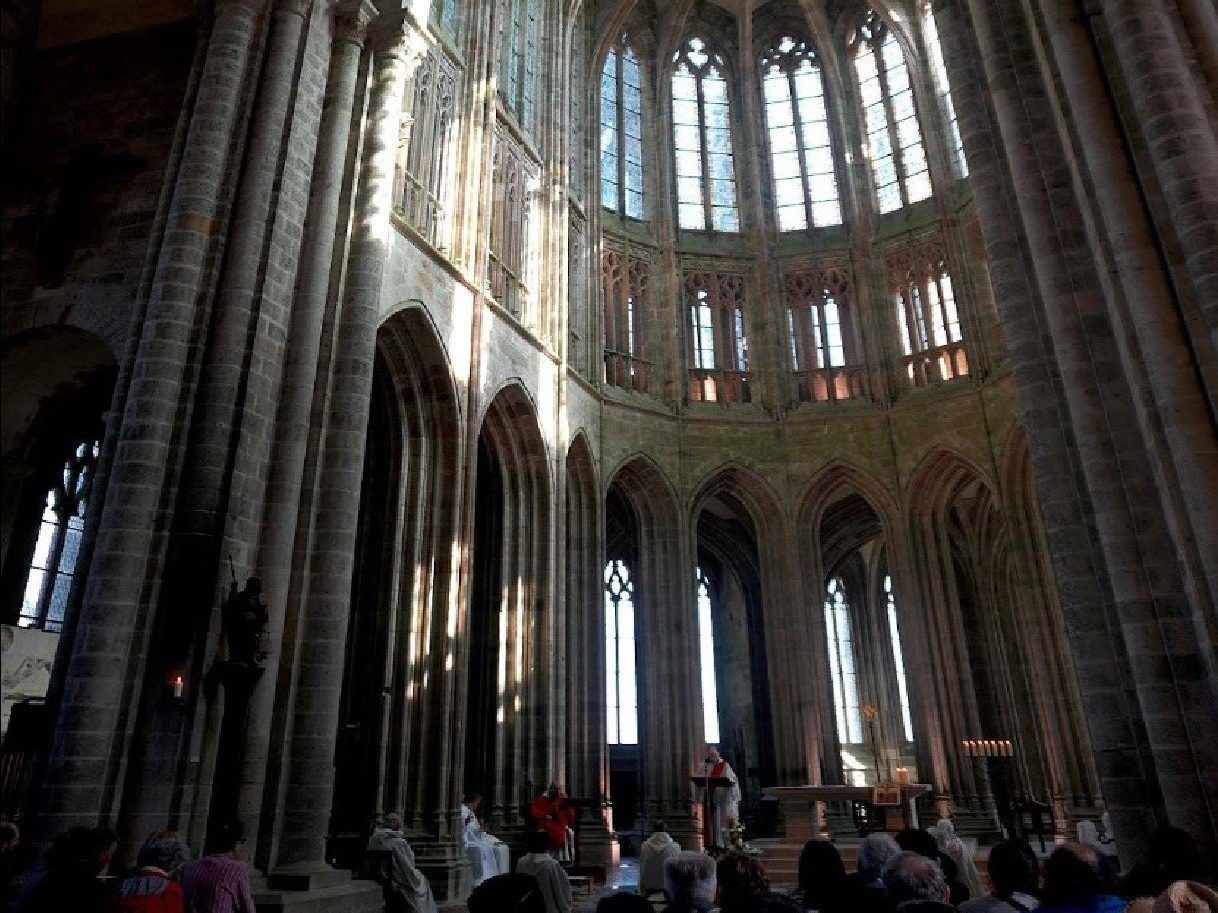
Source: Wikimedia Commons
The first major users were the Benedictine monks, when the Benedictine abbey was built on it in the year 966. The monks used the cathedral as an academic and religious center, conducting research into the works of Aristotle and drawing crowds of people who came in search of God.
The Abbey Goes Through Several Expansions and Fortifications
As the abbey increased in value, it began to experience a series of extensions and modifications. After its early invasions, new occupants made elaborate attempts to expand its borders and boost its defenses. Some of the additions included a Romanesque nave, a tower, and a spire.
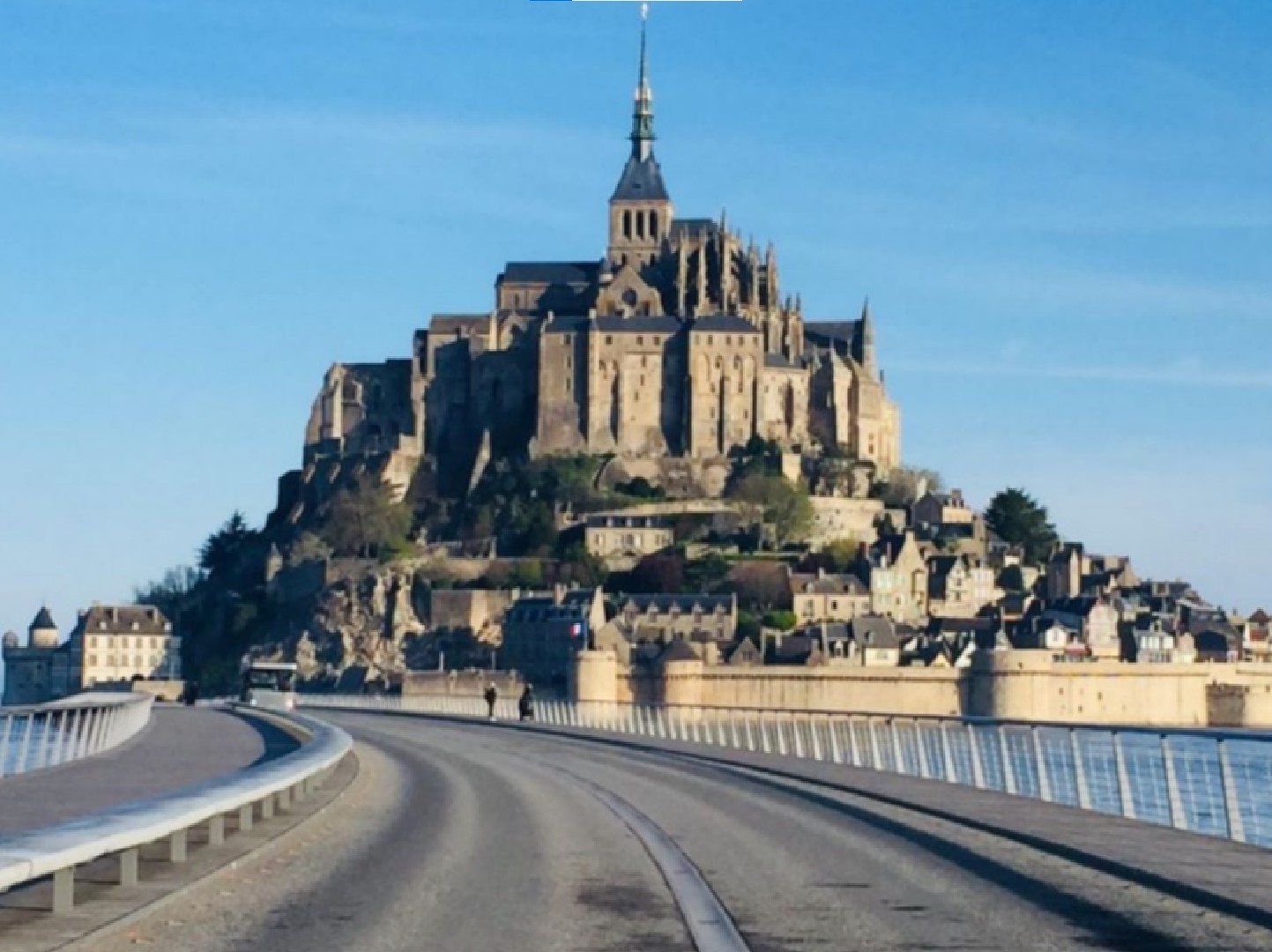
Source: Jboe92/Reddit
The Breton Knights were one of its early occupiers in 1204 before it came under the control of the Normans, a group of Vikings or Norsemen who later made the northern part of France their home.
Serving as Home to Thousands of Prisoners
Under the reign of France’s King Louis XI, the site became a prison, holding over 500 prisoners at a time. The rooms at the abbey served as cells that offered prisoners a privileged view of exquisite architecture while they served time.
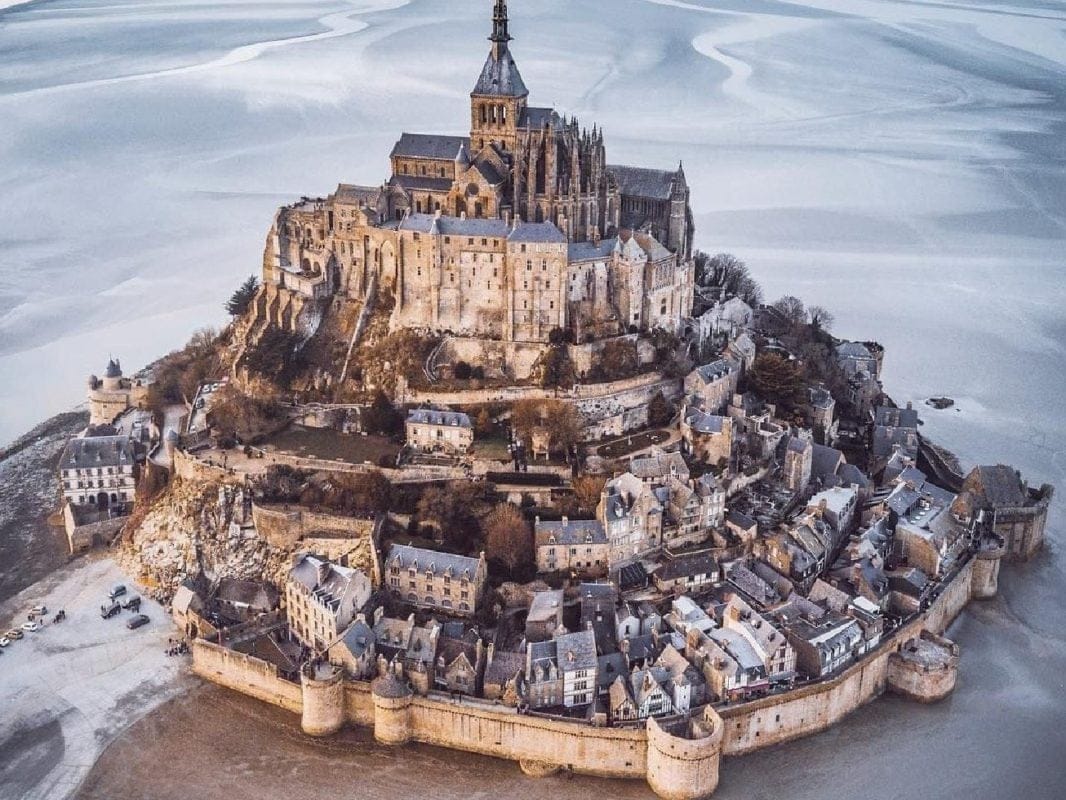
Source: andre.diaz/Instagram
After some agitation about the wrong use of the abbey, another French ruler closed the prison a hundred years later in 1860.
Religious Activity Resumes
The voice of reason prevailed in 1922 when the French government returned the abbey to its traditional use as a place of worship. Afterward, more renovations took place.
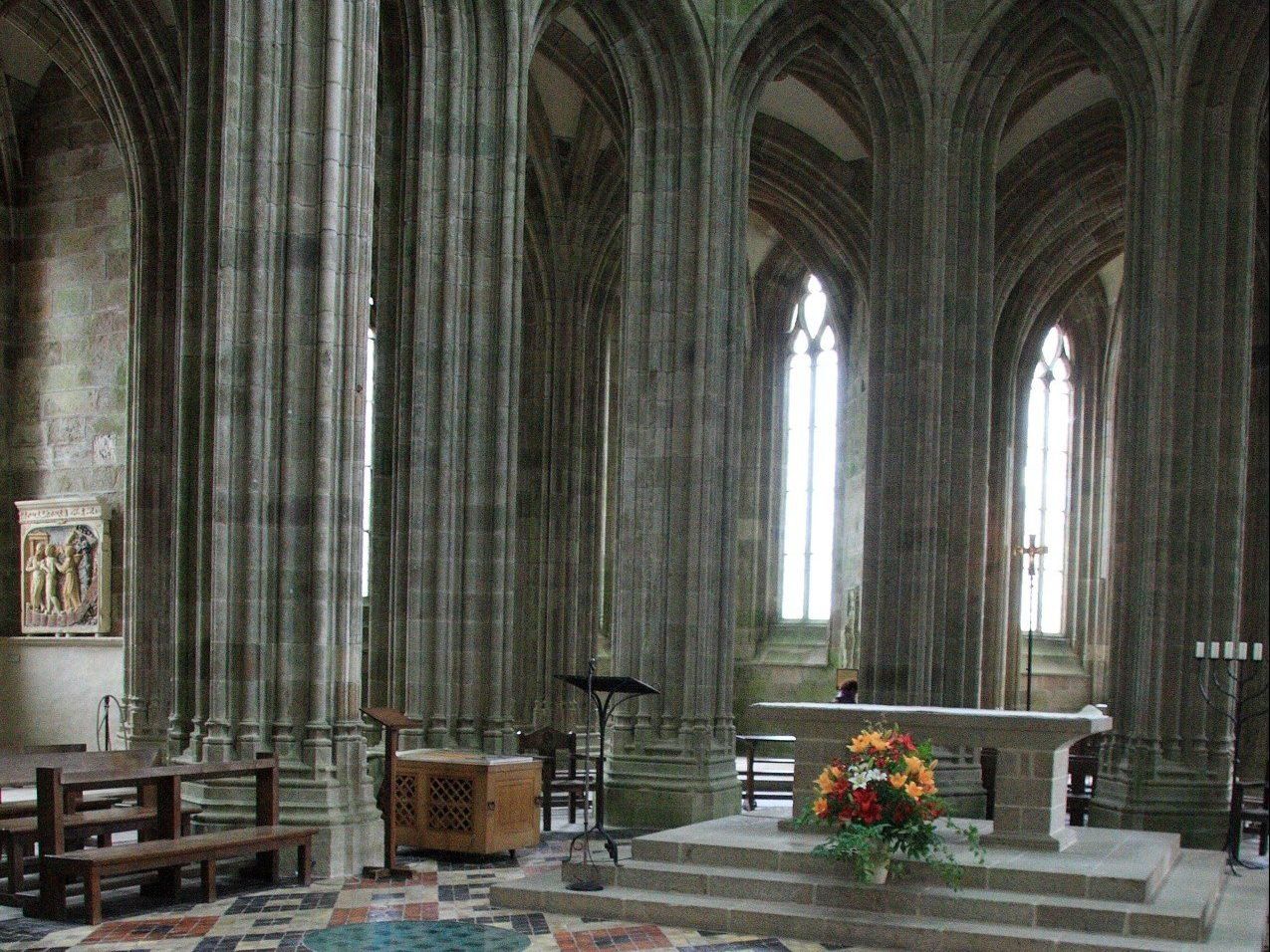
Source: Wikipedia
44 years later, in 1966, on the site’s 1000th anniversary, the government began to allow pilgrims into the structure. Gradually, the monks vacated the premises, probably due to the unbearable influx of tourists.
Defying Repeated Military Attacks
When King Phillip II attempted to forcefully seize control of the site, a fire broke out, consuming a portion of the mount. The year was 1203.

Source: Quora
Afterward, the site experienced and escaped close shaves with destruction and extinction, some of which were pretty fierce wars.
Surviving the 100-Year War
The island was the object of a series of attacks during the 100 years of conflict between British and French forces. Thanks to the series of fortifications and maybe some backing from heaven, the building survived the sieges.

Source: Wikimedia Commons
The structure also survived the 12 years of the French Revolution. Apart from that, it served as a prison for more than 50 years during the reign of Napoleon I.
Mont-Saint-Michel Is Now a UNESCO World Heritage Site
After more than a decade of welcoming millions of tourists, the site finally got the international recognition it deserved. In 1979, the Mont-Saint-Michel and its bay were designated a UNESCO World Heritage Site.

Source: UNESCO/Twitter
Among the qualities that attracted global recognition are its aesthetic value and history as a religious haven.
Weathering Onslaught From the Surrounding Water
Besides surviving centuries of war, the Mont-Saint-Michel, whose tallest point is 300 feet, also had to stave off threats from the Couesnon River. Depending on the season, the tides around the site could vary as much as 49 feet.
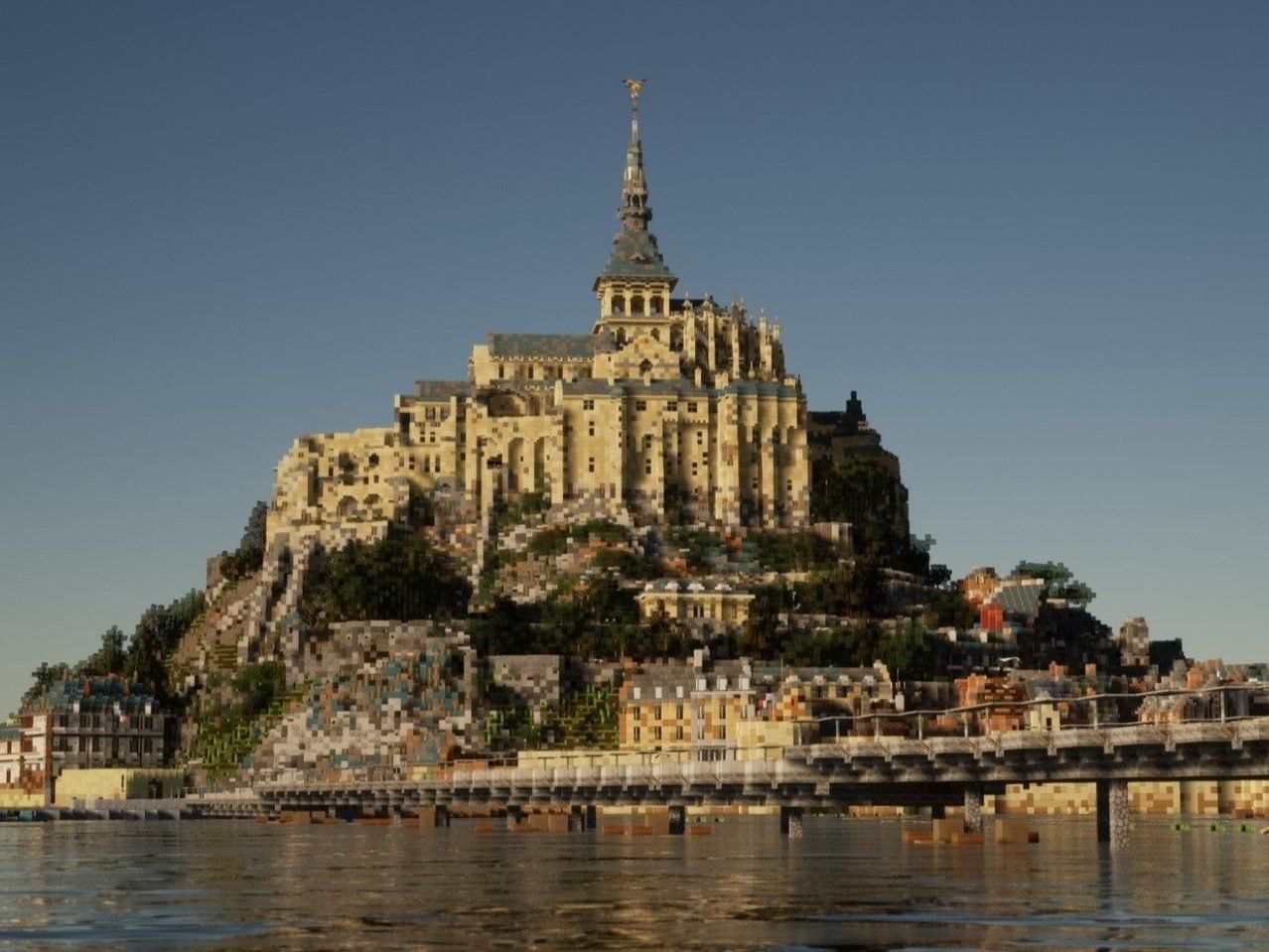
Source: Planet Minecraft/Pinterest
The high waters which served as part of the site’s defense against intruders also began to threaten the health of the mount.
Saved By a Dam
French president Emmanuel Macron, while speaking at a ceremony to celebrate the mount’s existence, highlighted efforts by the government to rescue the site from aquatic threats. In 2015, the French government completed construction of a dam that drained water from the surrounding area and allowed the island to remain above water level even during the highest of tides.
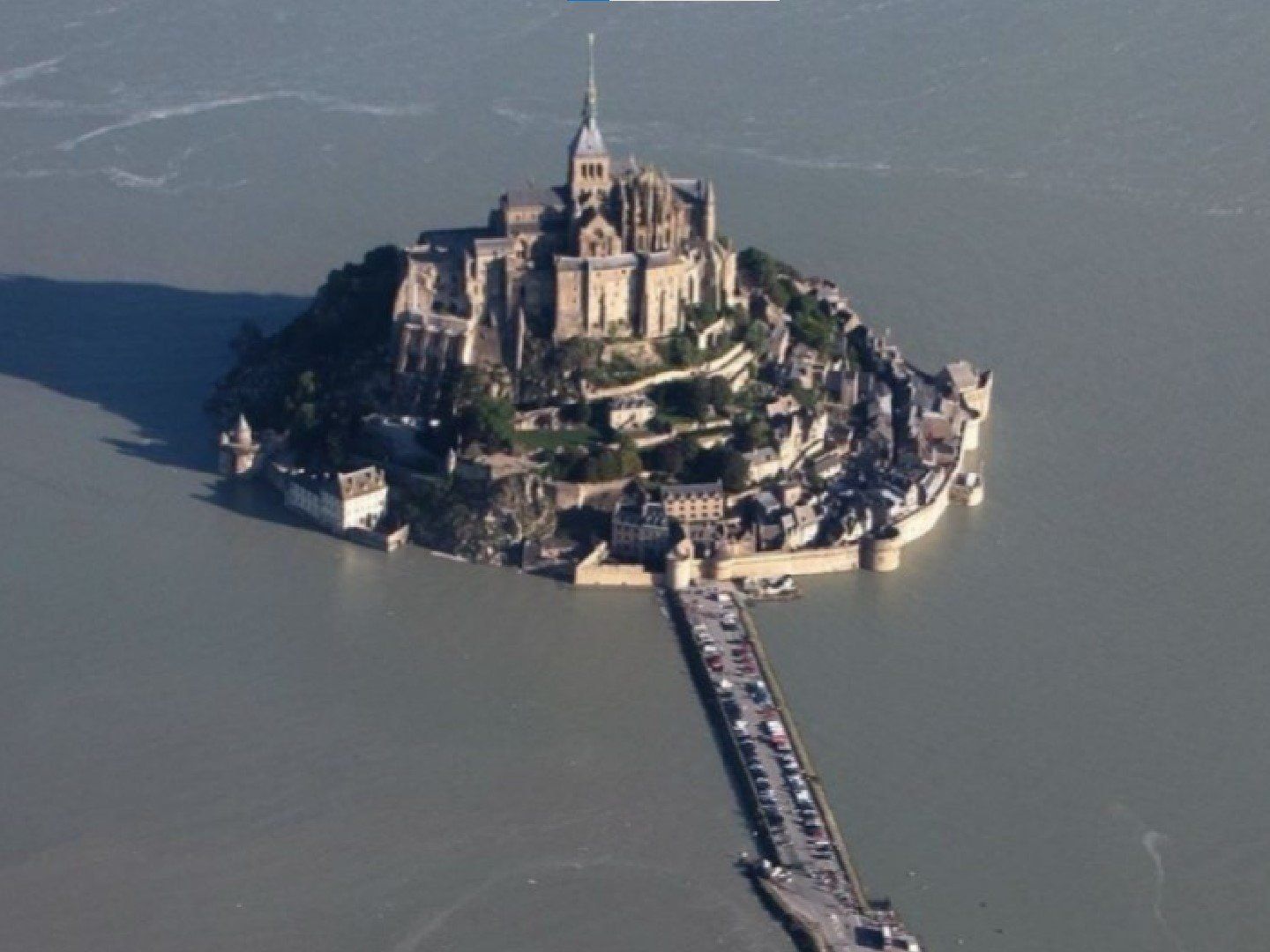
Source: Survoldefrance.fr
The French government also constructed a bridge that lets pilgrims enjoy safer passage to the mount.
